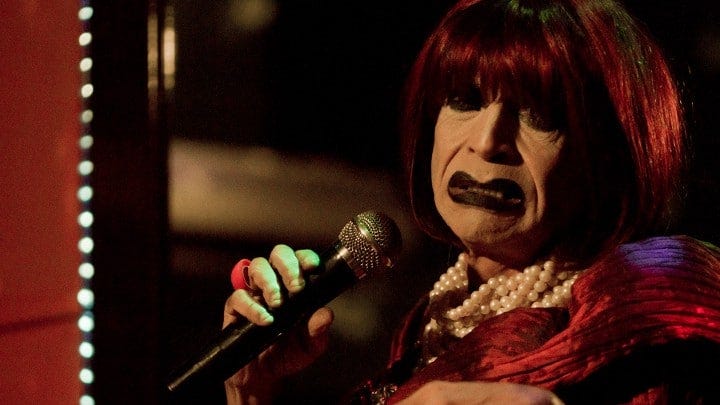Art of the Real’s Sprawling Program Will Change the Way You See Nonfiction Cinema

There is no such thing as purely nonfiction cinema. The corollary is, of course, that there is no such thing as purely fiction cinema either. Every film ever made has elements of both. The theoretical arguments here are a complicated bundle of ideas for another time, but the basic point is this: the line we have drawn between narrative and documentary d…
Keep reading with a 7-day free trial
Subscribe to Nonfics to keep reading this post and get 7 days of free access to the full post archives.



